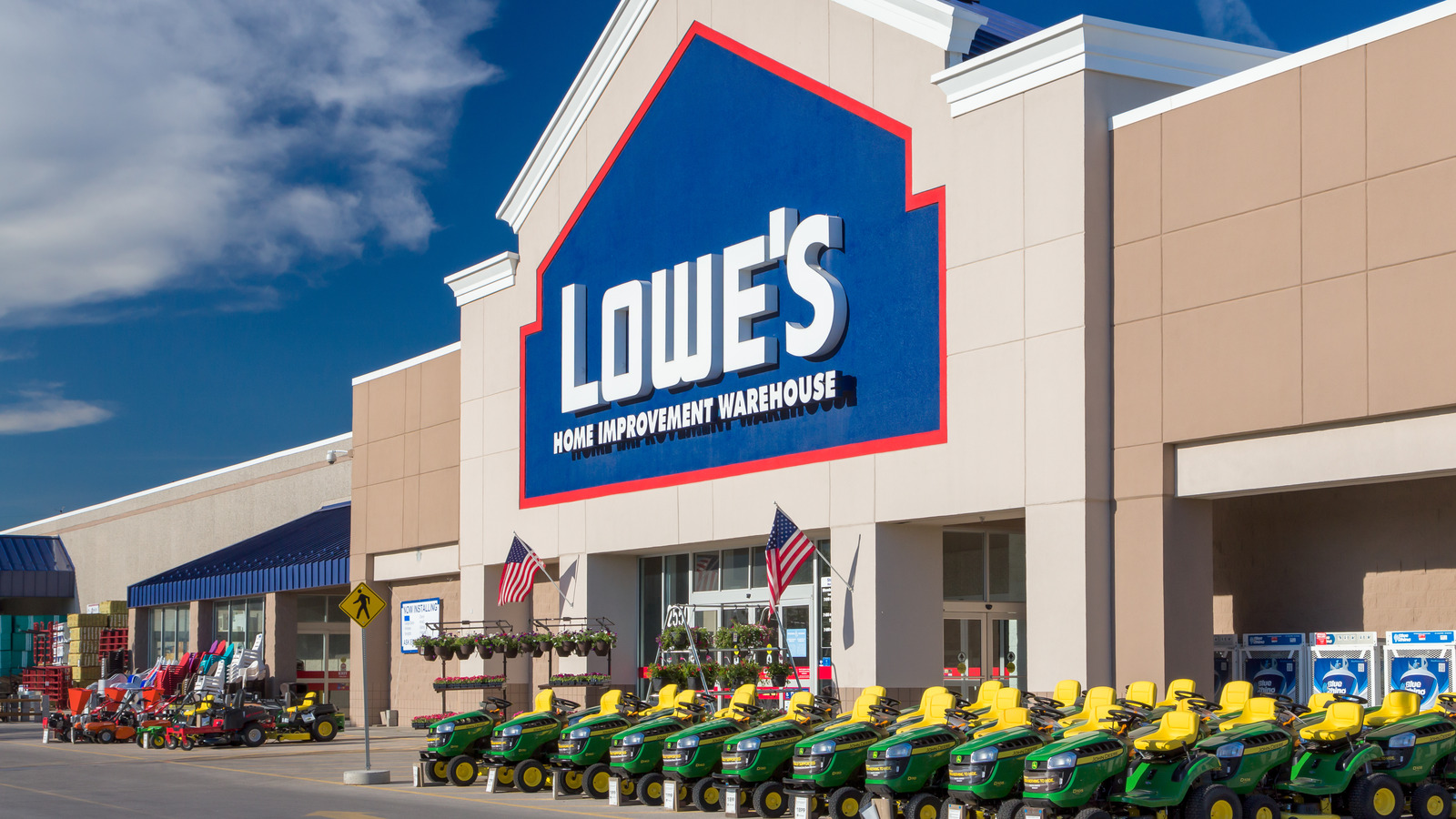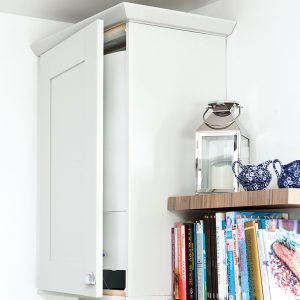
With lumber quality declining even before pandemic shortages set in, according to LBM Journal, it’s more urgent than ever that you understand how to pick a good board from the pile at Lowe’s. Buying bowed, crooked, kinked, cupped, twisted, checked, or cracked lumber can increase your costs by creating more waste. You can eliminate a lot of the warping risk by knowing how to select lumber in the store.
You can certainly study up on lumber grades using such resources as this excellent primer from Thomas Publishing, but grades won’t necessarily tell you about warpage, and what you really need to do is look at the board, advises Brett McKay of the Art of Manliness. First, inspect the board for checks (cracks only partway through a board), splits (cracks all the way through a board), shakes (separation along growth rings), and unstable knots that might fall out. Consult the image above and look (or “sight”) down the length of the board to check for any of these issues. Finally, inspect the endgrain and discard any board for which you can see a full-circle growth ring, since avoiding the pith/heartwood is a great way to avoid future warping (via the Growit BuildIt blog).




